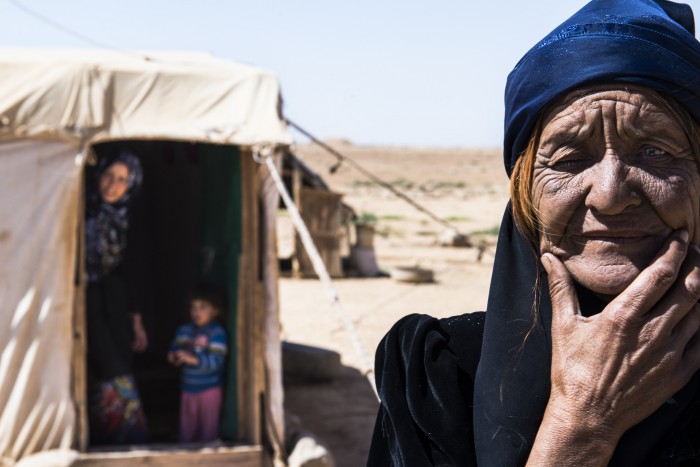
This is the first part of a series of writing chronicled to people that are displaced and refuged. The numbers, estimated at 60 million plus, are higher than ever before recorded in history and these people are not stationary. Individuals and families are not just coming from Syria but also from countries like Iraq, Afghanistan, Haiti, all over Northern Africa, and in smaller numbers from North Korea (the defectors). These people are coming from conflict zones, war zones that seem to never cease and failed countries, states or other un-zoned areas looking for hope, and a new life. With this series we will interview some of most interesting people in the design community related to this migrant crisis and beyond.
Where does Design begin, and end?
As the German Chancellor, Angela Merkel, said: “We are in an extraordinary situation. This migrant crisis is what will define this decade”. She meant that not the wars, nor the financial crashes or the pesky Kardashians are what will delineate this decade but rather the spread of humans across the world – human beings searching for their slice of happiness or perhaps just survival. The “crisis” as it is deemed now is spreading faster than anyone could have expected - with an estimated 1.3 million asylum applications by the end of the year and millions of people crossing borders every day. Governments are slowly allowing for some on the ground changes to allow people into various countries to start a new life: Germany for instance taking in almost 1 million people up to date and aid workers across Turkey and Greece offering support and supplies.
The problem here is in its very nature urgent but start-ups and the tech world have yet to respond - could we, the world’s design community, spur them on? Perhaps this idea does not address the long-term effects but it does surely address the “right now” urgency – which in its own way contributes tremendously. Governments are tasked with solving these problems – some high level intra-Europe decisions are being discussed and made and on the local level cities and areas are working to assist but what about the involvement of private corporations and citizens? The first to take to task is the design community of the world - with resources ranging from financial to cultural capital and of course oodles of “innovation” at their fingertips. It is the design world after all who save lives with new innovative medical designs and housing initiatives in some of the poorest countries where a simple design can give people pride or shelter. And so it is the design world that could just come up with a creative tincture (or a hundred) to one of the greatest resettling of humans ever seen.
Over to Dutch trend forecaster, curator and educator Li Edelkoort and her take on the matter.
“So far I haven’t found any ‘solution’ to the problem other than ‘diluting’ the number of people all over Europe, one village, town or city neighborhood at a time” says Li Edelkoort, the newly appointed Dean of the Parson’s Hybrid Design Studies in New York. She believes that if local communities can absorb the migrants (opposed to storing them together in schools and gymnasiums) there will be less panic, more compassion and eventually what she calls “an easier way of integrating families”.
Edelkoort, known for her inspiring design ideas, suggests that creating workplaces and ateliers for migrants to practice craft is a smart way to restore local economies. “But possibly the best idea would be to create a new land from scratch for them to be with themselves - creating a new stateless state” says Edelkoort. “I think the Dutch would be happy to design that land somewhere in the Mediterranean Sea for them”. She adds that in Spain and France deserted hameaux (clusters of houses and farms that once were a community) could be bought by the design community and restored for housing, working and living.
“The problem is huge and the real scare is the political repercussions for the European states that are now bending dangerously to the extreme right” says Edelkoort.
If you have any creative ideas on how design thinking can help the migrant crisis, submit them to us via email or on our Facebook page.







